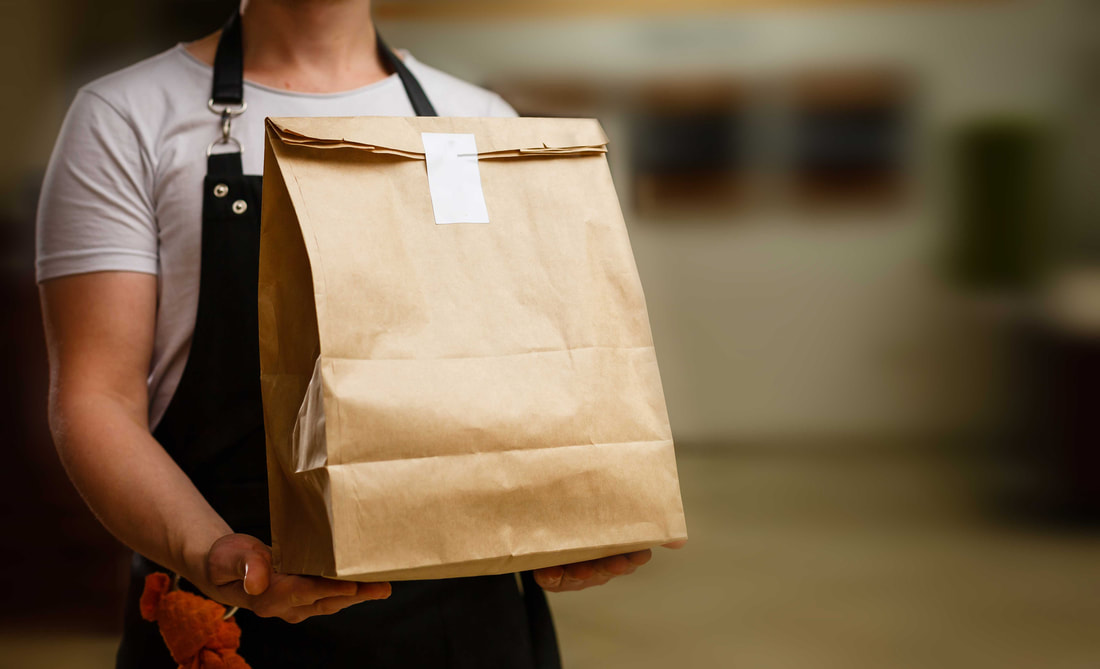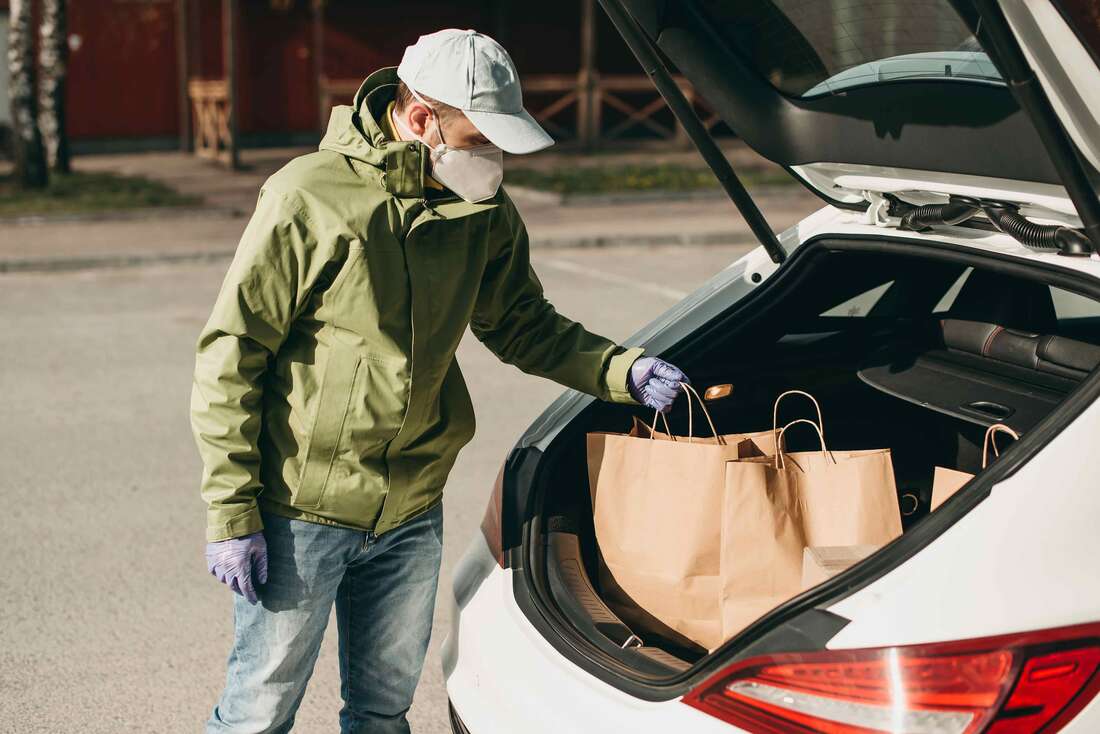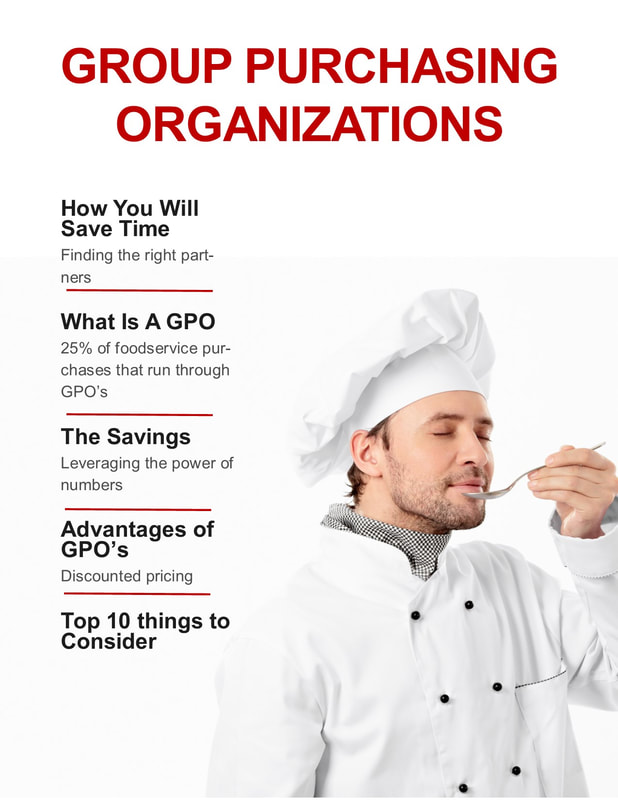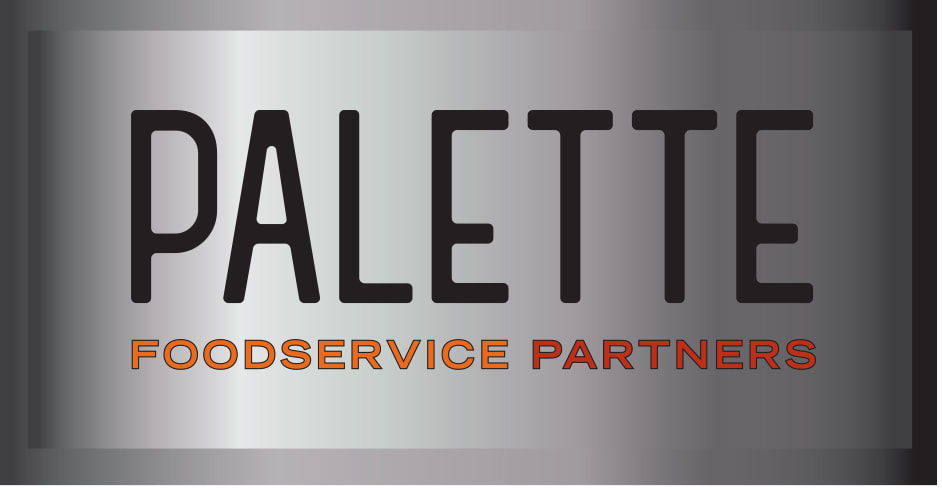|
Recently the long-anticipated “second wave” of COVID-19 cases was spurring an indoor dining ban in Chicago, leading to talk of heightened restrictions in the U.S., and bringing back lockdowns in Europe. At a time when COVID fatigue has set in and we’re all eager to congregate again, restaurant operators are in the difficult and pretty impossible position of being arbiters of public safety. Unfortunately, the colder air will make virus transmission even easier than it has been to date: As reported in the Oregonian, Dr. Emily Landon of the University of Chicago medical school said colder air is drier and the droplets that transmit the virus become smaller – so removing masks to eat and drink poses extra safety risks. Instead of pouring your creativity and resources into building a safer outdoor dining area to sustain you in the months ahead, you will likely be better served by going all-in on perfecting your off-premise offerings right now. Think back to how you operated in the early weeks of the pandemic and focus on doing those things again and better. People may be less comfortable eating out for the next several months but they will still need to eat – and the public has become more educated about the low risk of COVID transmission on packaging. Your off-premise menu can help bring some festivity and normalcy to life in these strange times.
At a time when operators have been struggling to make delivery profitable, curb-side pickup has solved some problems. Consumers like it too: Recent Technomic research found that about 40 percent of Americans who have purchased takeout from a restaurant during the pandemic have chosen curb-side pickup and two-thirds of those respondents say they will continue to use curb-side pickup service even after indoor dining restrictions are lifted. The challenge is that many restaurants offering curb-side pickup created the structure on the fly as the pandemic created the need for it. As a result, the service may not be as seamless as it could be. A recent Restaurant Dive report describes operator challenges such as difficulty managing the high volume of calls from customers placing orders and arriving to pick them up. Busy periods have also made it difficult for operators to notice when a particular make and model of car arrives to pick up food. A mixture of new technology and more conventional reconfigurations can help streamline the process. For example, some online ordering platforms – Olo is one – offer alerts that let restaurant staff know when a curb-side customer has arrived. QR codes or textable numbers can also be posted on signs in designated parking spots outside the restaurant to alert staff inside to the arrival of a customer. Other operators are making new use of interior space once needed for guests dining inside – by redesigning waiting areas as places where curb-side orders can be held at the right temperature and ready to be handed off quickly to an arriving customer.
|
Subscribe to our newsletterArchives
April 2024
Categories
All
|






 RSS Feed
RSS Feed